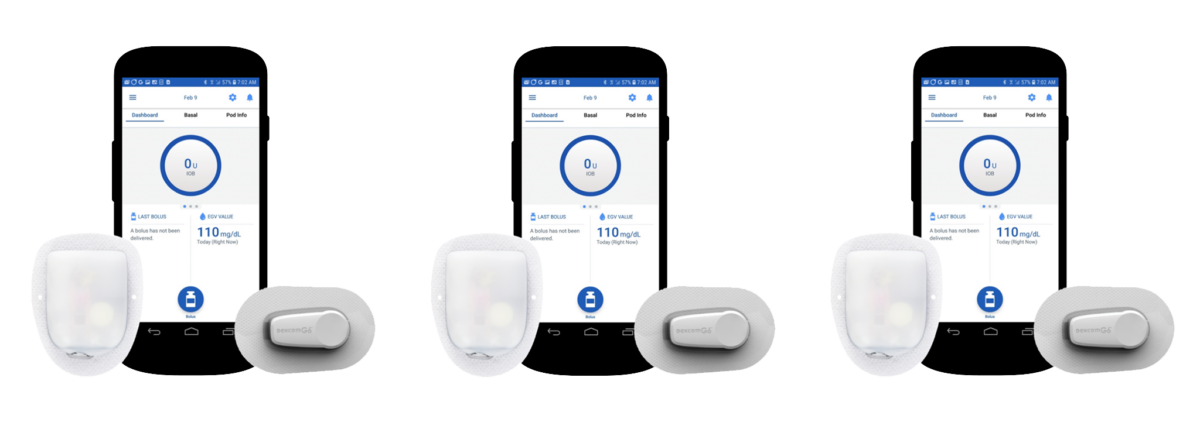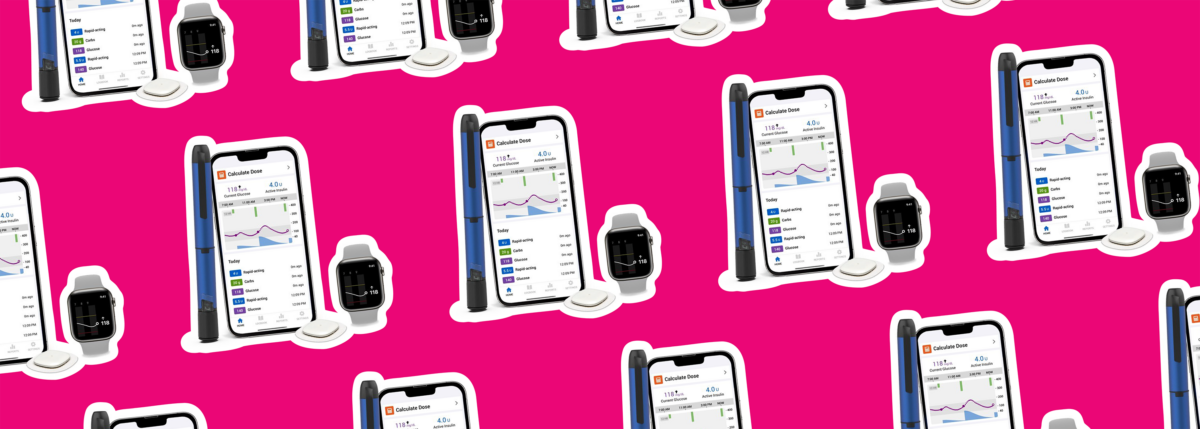DKA: Raising Awareness To Save Lives
Written by: Sarah Lucas
2 minute read
September 19, 2016
Recently there have been countless stories of US children lost to a disease neither their parents nor doctors even knew they had developed—type 1 diabetes. Their early symptoms were missed or easily excused away and their more pronounced symptoms were mistaken for the flu or strep throat. By the time the true nature of their disease was discovered, their bodies, without the ability to produce insulin, had begun to burn fat for energy. The resulting molecules, ketones, essentially built up and poisoned their bodies, resulting in diabetic ketoacidosis, or DKA. For children like Kycie Jai Terry (5), David M Brown II (4) Angela Elizabeth Robinson (11) whose blood sugar at diagnosis was 1600, they never had the opportunity to “live beyond.” Their type 1 diagnosis, like thousands of others, came too late. Their lives were cut short and their families devastated.
 An estimated 41 percent of individuals are in DKA at the diagnosis in the US, and that number varies in countries around the globe, from 12 percent to an astounding 80 percent. DKA costs families tens of millions of dollars each year in emergency care, carries the risk of permanent organ and brain damage and is the leading cause of mortality in childhood diabetes. The majority of this devastation could be avoided.
An estimated 41 percent of individuals are in DKA at the diagnosis in the US, and that number varies in countries around the globe, from 12 percent to an astounding 80 percent. DKA costs families tens of millions of dollars each year in emergency care, carries the risk of permanent organ and brain damage and is the leading cause of mortality in childhood diabetes. The majority of this devastation could be avoided.
There is a safe, non-invasive, inexpensive (on average 24¢) way to safeguard lives and protect futures. A simple urine test or a finger prick for one drop of blood is all that is needed, but people have to know the warning signs and have to advocate for testing. When my daughter Mary was diagnosed, I was frightened for her and for our family—but a diagnosis meant that we were able to get her treatment, it meant that she was coming home from the hospital and that we would adjust, carry on and live. This is not the case for tens of thousands each year. This is a problem we can solve.
A type 1 diagnosis means life-long dependence on insulin, constant monitoring and an increased risk of long-term complications, but life with type 1 can be endured; people with type 1 diabetes (T1D) do thrive and live beyond their diagnosis. The way to ensure they do succeed is for the global population to take note of the warning signs, for parents and patients to demand regular screening and for medical professionals to take the extra step when assessing patients and ensure their symptoms aren’t masking something greater.
While we cannot prevent people from developing type 1 diabetes, we can stop people from dying due to a missed diagnosis. We all must take responsibility to raise awareness, because no one, especially a child, should die because we weren’t paying close enough attention. Take 60 seconds to pass along what you know—you never know who’s life you might save.

Author
Sarah Lucas
Sarah’s daughter Mary was diagnosed with type 1 in 1998 at the tender age of 7, igniting a passion for education, advocacy and supporting research for a cure. It was this passion, and a desire to help people live well today, that led her to co-found Beyond Type 1 in 2015 with Juliet de Baubigny, Nick Jonas and Sam Talbot. Prior to founding Beyond Type 1, Sarah was a celebrated event designer, writer and lifestyle expert and the creative force behind two Bay Area event + production firms. A passionate and life-long philanthropist, she has raised over $15 million for Bay Area charities and served on the board of several California and national organizations focused on youth, health and education. When she's not fighting to make the world a better place, you will find her hanging out with her awesome family, practicing yoga and exploring the world—frequently on her bicycle.
Related Resources

Already compatible with Dexcom’s G6 and G7 continuous glucose monitors (CGMs), the Omnipod 5 Automated...
Read more

The younger a person is diagnosed with type 2 diabetes, especially those with obesity, the...
Read more

The Oura Ring, which tracks things like sleep, heart rate, and activity, is joining forces...
Read more

